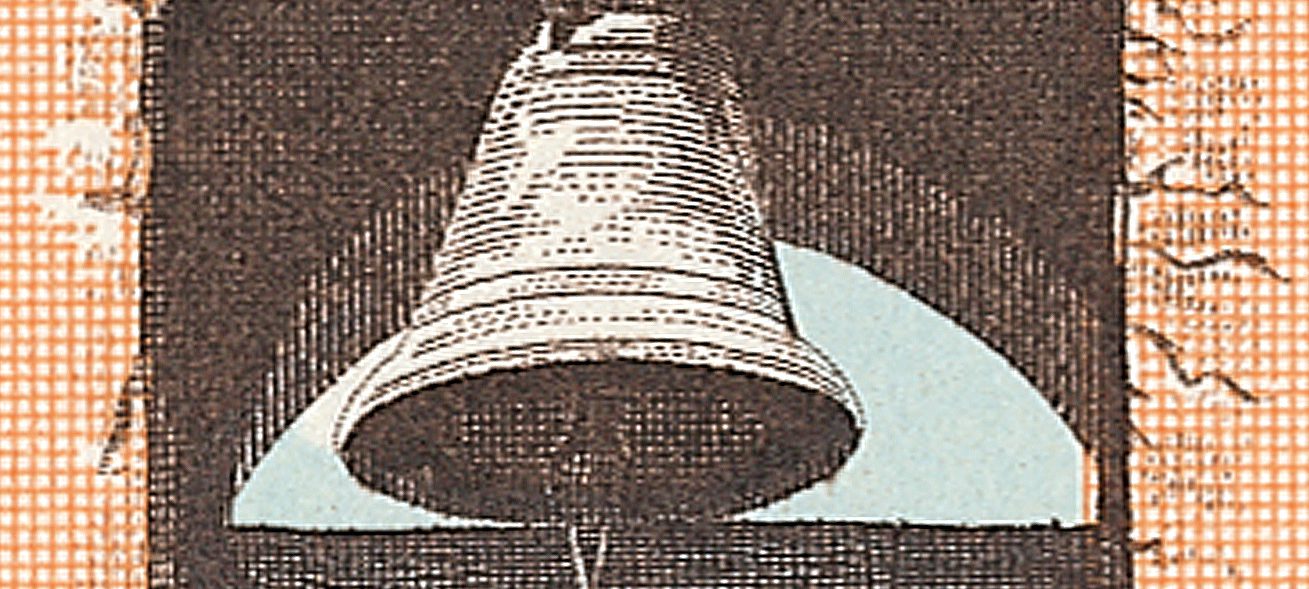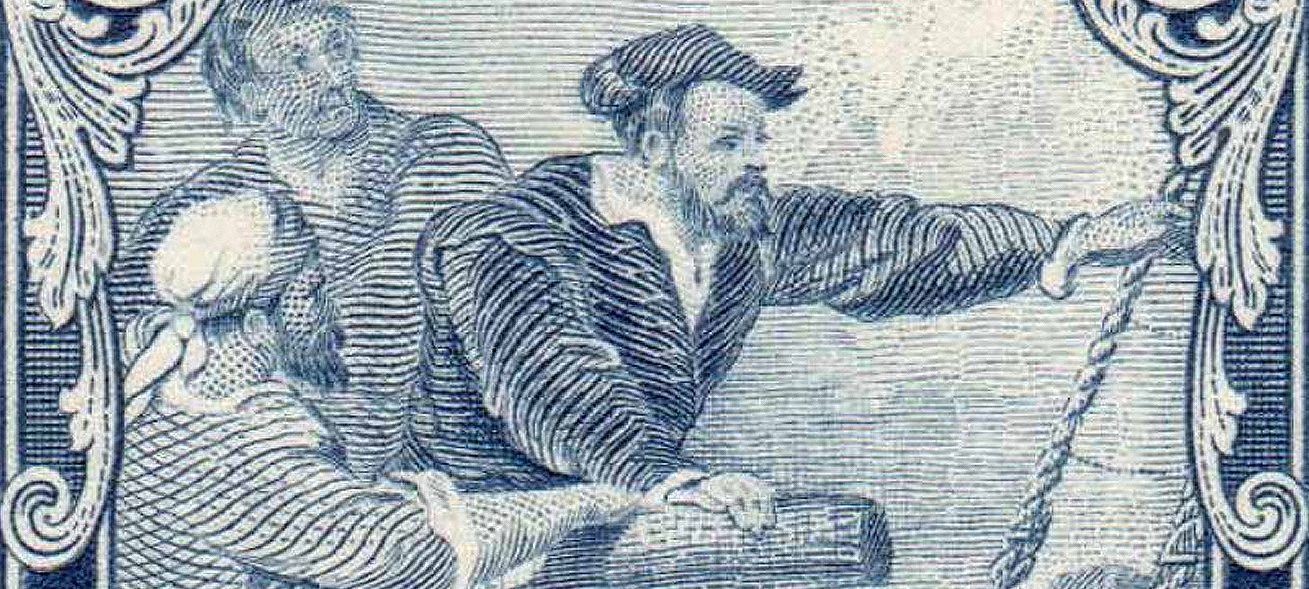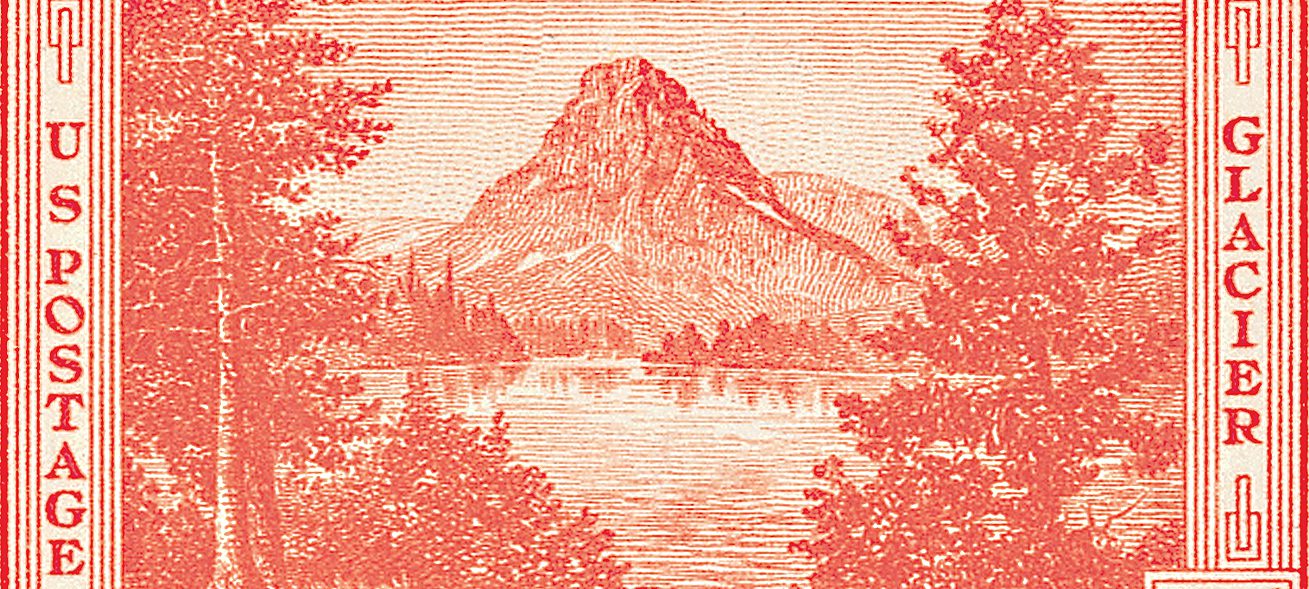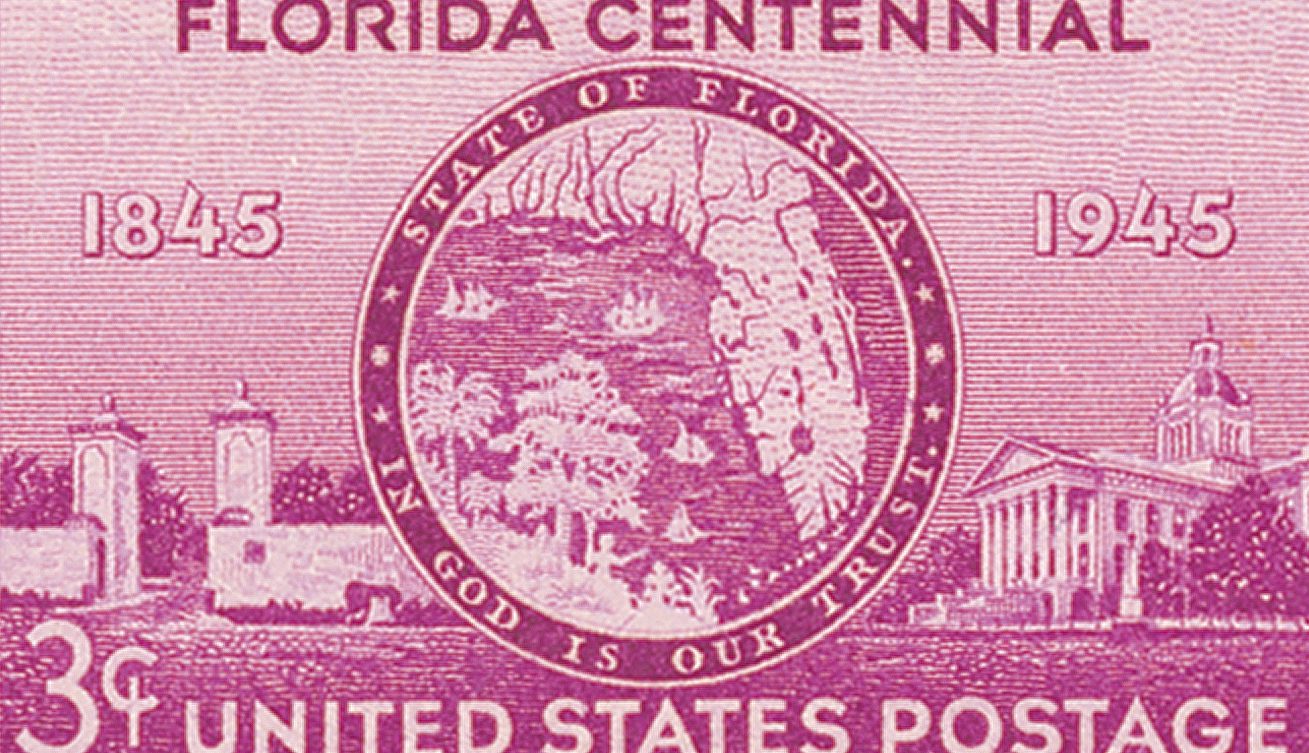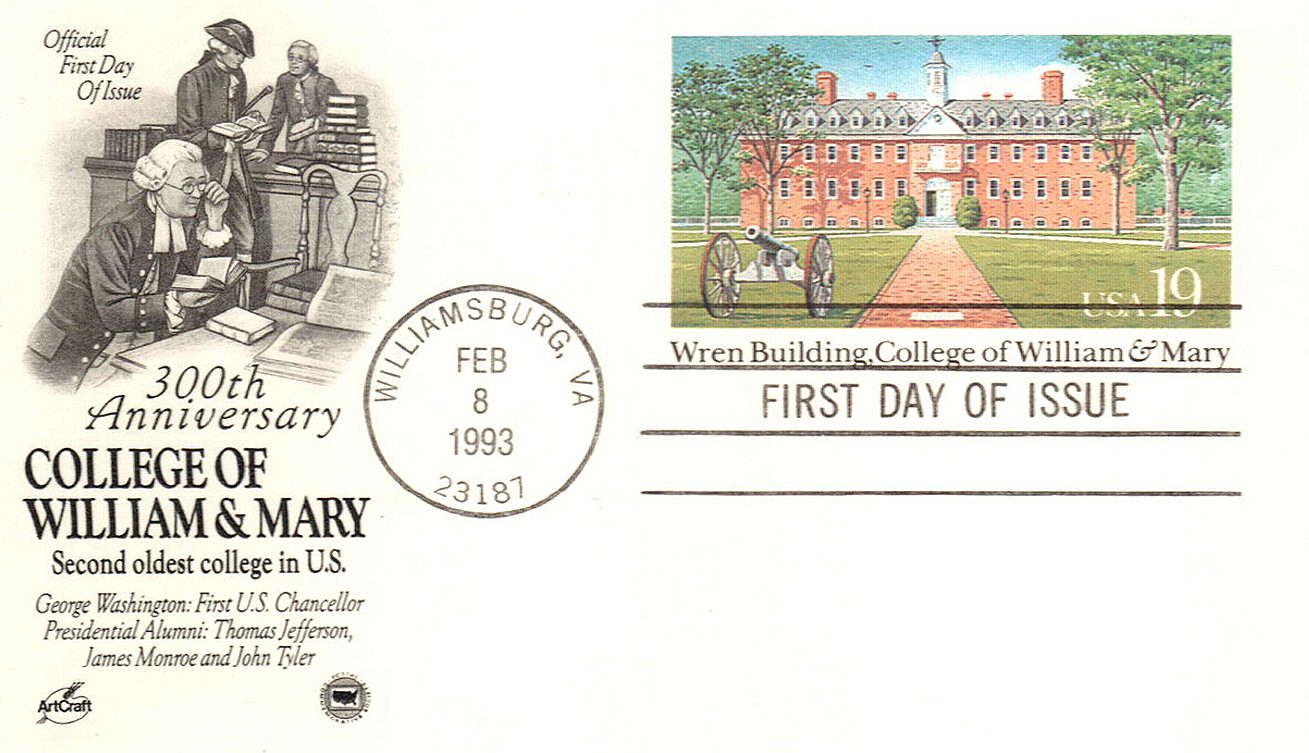Spanish Found First Mission in California
On July 16, 1769, Franciscan friar Junipero Serra founded California’s first Catholic mission. This marked the beginning of the Spanish mission system in California, which would go on to shape the culture, history, and landscape of the region for centuries.

